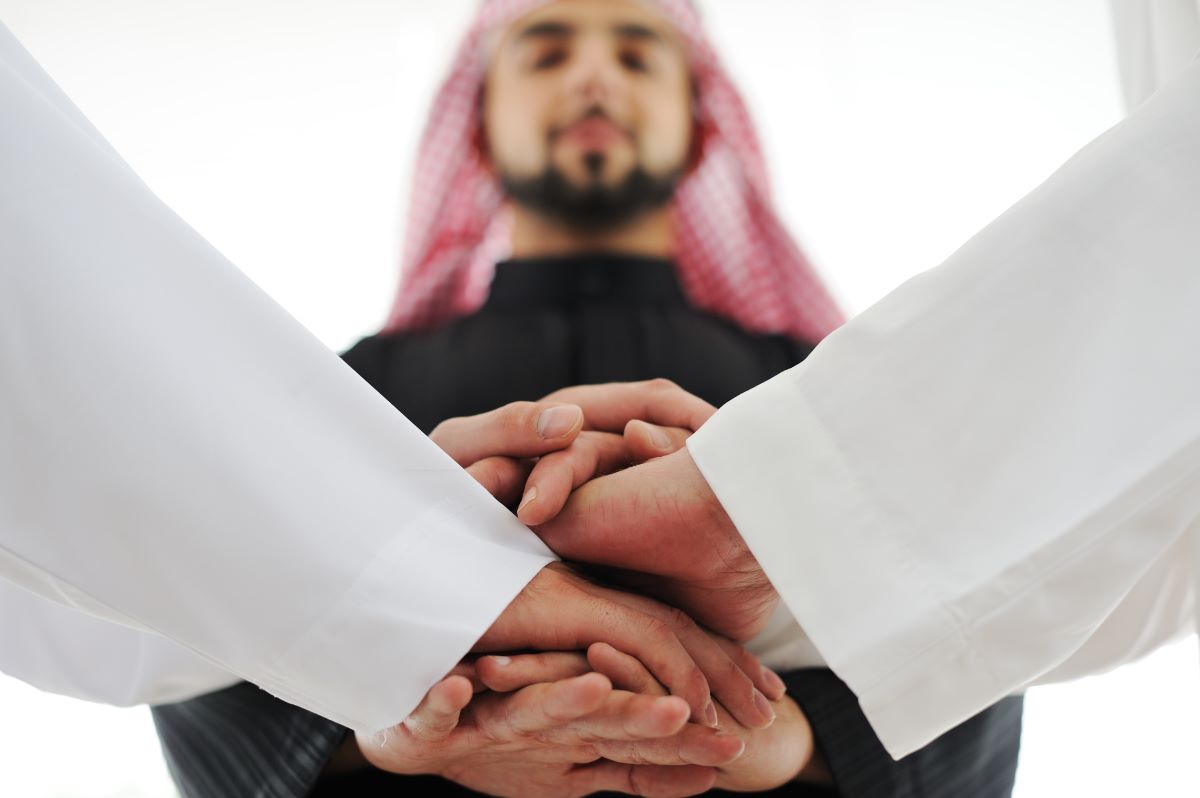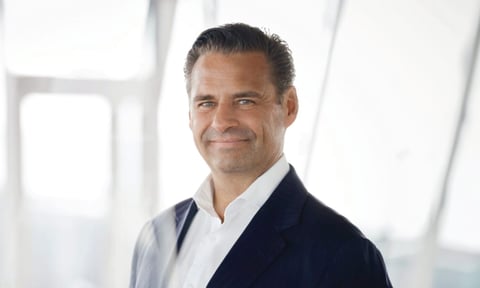The Gulf Cooperation Council (GCC) has made steady gains in recent years. It is now becoming increasingly considered as an economic powerhouse. The region—which includes Bahrain, Kuwait, Oman, Qatar, United Arab Emirates and Saudi Arabia—is home to some of the world’s fastest-growing economies.
In addition, it has created an environment that is ideal for international businesses, investors, and expatriates looking for a new challenge.
The GCC is an economic powerhouse for many reasons, including the following.
Substantial Gross Domestic Product
The Gross Domestic Product (GDP) acts as a measure of a region’s economic prosperity. As of 2022, the total GDP for the GCC stood at a formidable $2 tn, affirming its position as an economic powerhouse.
This achievement did not occur overnight. Rather, it is the result of economic policies that have successfully facilitated growth and expansion. Furthermore, the region expects 3.6 percent growth in 2023. More so, the World Bank anticipates the GCC’s GDP will triple by 2050, a signal of its undeniable strength as an economic powerhouse.
One of the many contributing factors to the GCC’s economic strength is the stability of oil prices. It is thus expected to maintain a steady range of $75–95 per barrel in the upcoming year.
And while global inflationary pressures are a concern, the GCC will benefit from a less intense impact. Thanks to higher interest rates and the global growth slowdown, inflation within the GCC is predicted to average around 2.7 percent in 2023.
Potential green GDP growth
The shift towards sustainability through green initiatives is beginning to shape the GCC’s economic powerhouse. The projection suggests that the implementation of these green initiatives could potentially enhance the region’s GDP to $13 tn. Additionally, the drive towards a more eco-conscious economic model ensures sustainable growth. Likewise, it opens up new sectors for job creation and innovation.
In particular, the UAE and Saudi Arabia are reinforcing the GCC economic powerhouse through ambitious plans to invest in solar and wind energy generation. For instance, the UAE launched the world’s largest solar power plant, Noor Abu Dhabi, which is expected to reduce the country’s carbon footprint significantly.
In addition, several GCC countries have launched plans for sustainable cities. Saudi Arabia’s Neom and the UAE’s Masdar City are standout examples. Similarly, the GCC economic powerhouse is prioritizing waste management. Projects like Dubai’s Wastenizer showcase the region’s dedication to converting waste into energy.
Read: Strong GCC economy: 7.3 percent GDP growth, 4.8 percent non-oil surge
Population strength
Population size directly impacts a region’s economic muscle. The GCC hit a demographic milestone in 2021, with its population reaching 56 million.
This large consumer base provides a ready market for goods and services, driving demand and, consequently, economic growth. Furthermore, the relatively high proportion of young people in the population serves as a promise of future economic dynamism.
Additionally, the GCC’s demographics are uniquely diverse, with expatriates comprising nearly half of the total population. Consequently, diversity adds an invaluable facet to the GCC economic powerhouse’s socio-economic dynamic.
High urbanization rate
Similarly, an urbanization rate of 80 percent or higher in the GCC countries speaks to concentrated areas of economic activity and increased productivity. Urbanization often leads to infrastructural development, investment in public services, and an upsurge in commerce and entrepreneurial endeavors.
As such, the GCC’s economic powerhouse has initiated several urbanization initiatives. One of which is the Dubai 2040 Urban Master Plan. This strategy aims to turn Dubai into the world’s best city for living and working. It prioritizes sustainable development, planning for public parks, and recreational facilities, and improving residents’ lifestyles.
Job growth
Employment prospects carry a strong influence on economic health. Forecasts suggest that employment opportunities in the GCC are set to rise by 5 percent in 2023. This growth likewise serves as a vital contributor to its status.
Besides, increased employment directly catalyzes consumer spending. In turn, this stimulates economic growth, reinforcing the prosperity of the GCC economic powerhouse.
Notably, emphasis on localizing the private sector workforce is evident, with a rise in labor force participation among nationals.
For example, Saudi Arabia aims to create one million more private-sector jobs for nationals by 2030 through the ‘Saudization’ policy. Similarly, the UAE mandates companies with 50 or more employees to increase their UAE national workforce by 2 percent annually starting in 2023. The target is to reach 10 percent representation in skilled jobs by 2026.
For more stories on the economy, click here.





